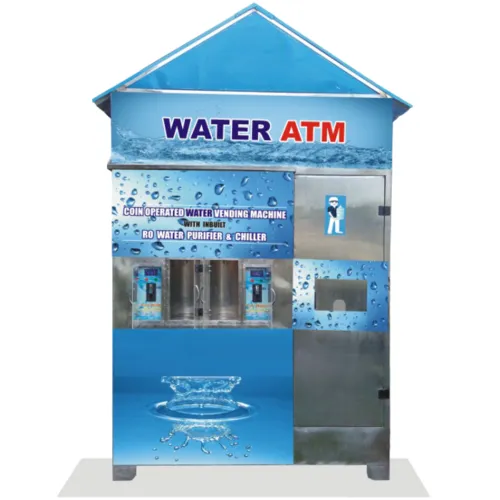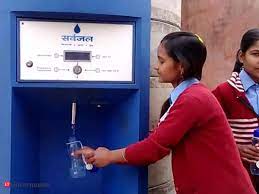Water is Life
Water is Life. It nourishes life. Water is every child’s right.
Water plays a cardinal role in ensuring sustainable, equitable and productive economies. Safe water and adequate sanitation underpin poverty reduction, economic growth and healthy ecosystems. 2.2 billion people worldwide lack access to safe, readily available water and drink water from contaminated sources which impairs health.
In 2010, the UN General Assembly explicitly recognized the human right to water and sanitation, i.e. everyone has the right to sufficient, continuous, safe, acceptable, physically accessible and affordable water for personal and domestic use. The Sustainable Development Goal 6 on drinking water is to achieve universal and equitable access to safe and affordable drinking water for all. Drinking Water has been recognized as a basic human right as a part of Article 21 (Right to life) of the Constitution. Readily available potable drinking water to the community sustains and improves public health.
Women are responsible for finding and fetching water for their families. In rural India some women walk several hours a day to fetch water, which is used for cooking, cleaning, bathing, washing, care of animals, food production and waste disposal. The work is back- breaking and all – consuming. Once they are old enough, girls join this effort. They spend countless hours trying to provide this basic life necessity.
Lack of access to basic water supply results not only in tremendous human health and economic costs but also creates gender and other societal inequalities. In India, 1.5 million children under- 5 years die due to diarrhoea and water- borne diseases .
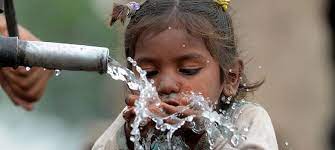
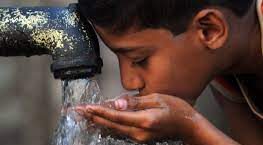
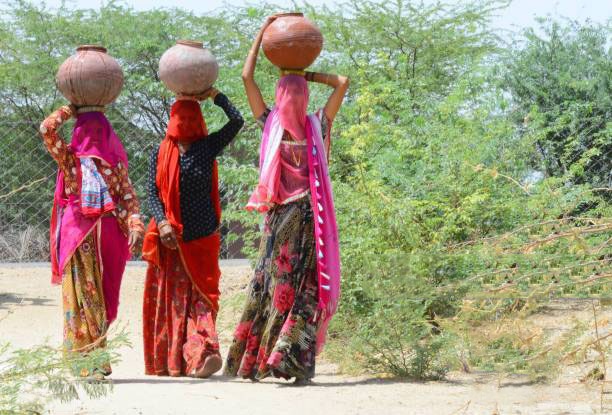
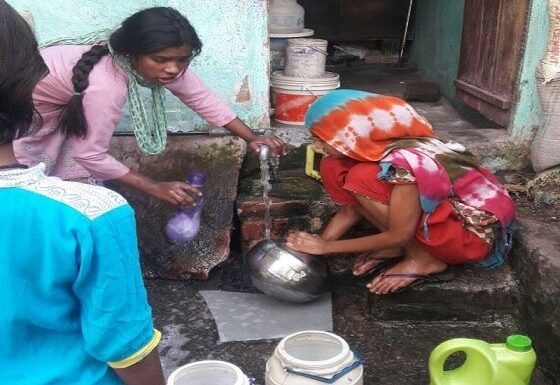
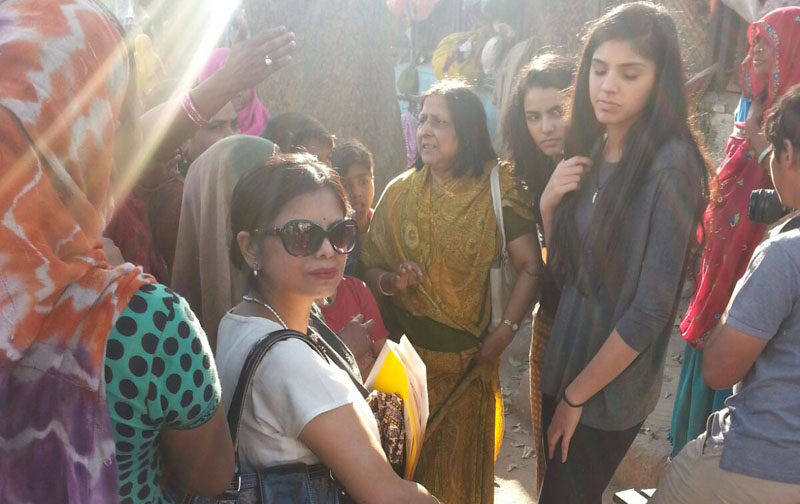
Our organisation is working towards meeting the basic needs of safe drinking water and sanitation facilities for the health and well-being of society, girls and women in particular. We have also conducted awareness programmes for women on proper storing and purification of water at the household level by simple methods in Delhi slums. Investing in water is investing in potential of women by giving them time to earn an income as well as prevent water borne diseases in the family.
In cities/towns, the water flowing through the tap may not be fit for consumption and needs to be filtered/purified by various methods at the household level. In water-stressed areas, water is supplied through tankers by the local authorities. The poor end up paying much more for this water. There are long queues of women and girls in slums for collecting water from hand-pumps/ tankers as supply of water is erratic.
There is no denying the fact that today water and sanitation is on everyone’s agenda and the need to tackle such issues are stronger than ever before, Both safe drinking water and sanitation yield greater benefits at the household level than the community level. The dual aspects of the water crisis- lack of water and sanitation – lock women in a cycle of poverty. Safe drinking water and better sanitation facilities can lead to improved health of women and girls and reduce child and maternal mortality.
People with access to clean water, safe toilets and good hygiene practices are less likely to get ill, will have better health and lead a more productive life. Improved water supply and sanitation, tied with better management of water resources, can boost the country’s economic growth and can contribute greatly to poverty reduction.
Immediate availability of water in the vicinity of the house if not in the tap in the house is the dream of every housewife as she has to arrange for cooking and feeding the children.
Jal Jeevan Mission
In India, with the Har Ghar Jal programme under Government’s Jal Jeevan Mission, 47.23 % households have been provided tap water in the last few years in rural parts of the country.

Innovations and technologies need to be adopted for recycling and reuse of water for sustainable supply of drinking water in water-stressed areas.We undertook water harvesting by creating pits for rainwater harvesting in a housing society in South Delhi and look after their maintenance. We are also promoting Water Conservation with add-on fixtures for taps which will result in saving of water.
Nowadays the introduction of Water ATMs is a big boon as safe drinking water in available at an affordable rate.
We are proposing to setup Water ATMs in the cities in collaboration with local bodies.
